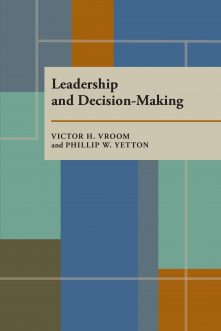Search Results
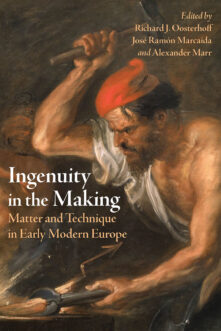
Ingenuity in the Making
Matter and Technique in Early Modern Europe
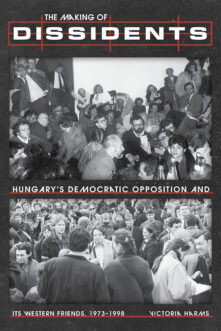
The Making of Dissidents
Hungary’s Democratic Opposition and its Western Friends, 1973-1998

Nature’s Crossroads
The Twin Cities and Greater Minnesota
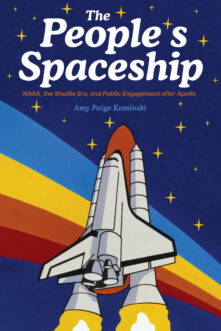
The People’s Spaceship
NASA, the Shuttle Era, and Public Engagement after Apollo
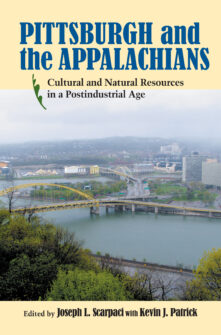
Pittsburgh and the Appalachians
Cultural and Natural Resources in a Postindustrial Age
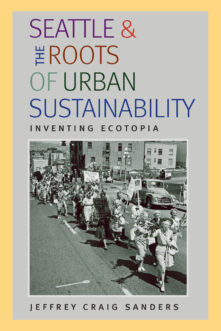
Seattle and the Roots of Urban Sustainability
Inventing Ecotopia
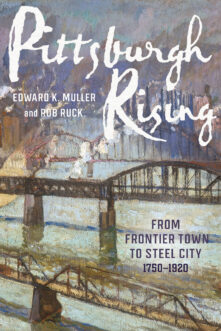
Pittsburgh Rising
From Frontier Town to Steel City, 1750-1920
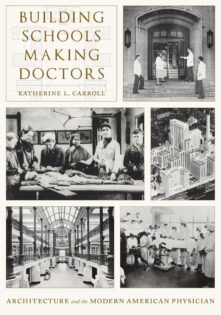
Building Schools, Making Doctors
Architecture and the Modern American Physician
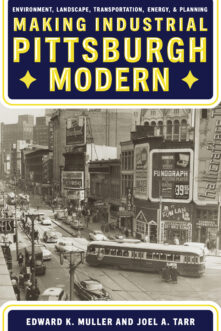
Making Industrial Pittsburgh Modern
Environment, Landscape, Transportation, Energy, and Planning
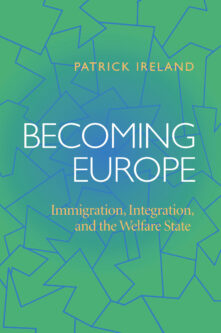
Becoming Europe
Immigration Integration And The Welfare State
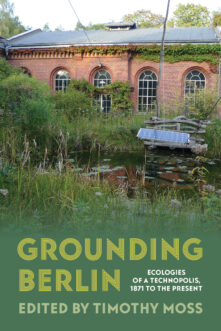
Grounding Berlin
Ecologies of a Technopolis, 1871 to the Present
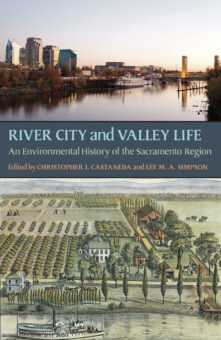
River City and Valley Life
An Environmental History of the Sacramento Region
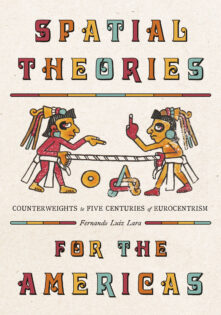
Spatial Theories for the Americas
Counterweights to Five Centuries of Eurocentrism
Your search for "Urban Rivers : Re-making Rivers, Cities and Space in Europe and North America" returned 644 results



